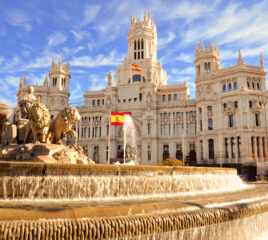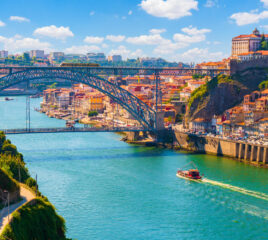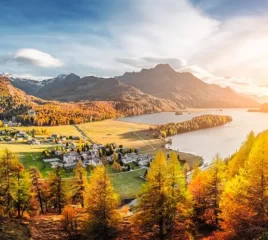Note that iPhone devices from Mainland China aren’t eSIM compatible. Also iPhone devices from Hong Kong and Macao aren’t compatible (except for iPhone 13 Mini, iPhone 12 Mini, iPhone SE 2020 and iPhone XS)
Where and What to Eat – From Traditional Grills to Ottoman Desserts
Bosnia and Herzegovina is a feast for the senses—and for the stomach. Nestled between East and West, its cuisine reflects centuries of influence: Ottoman spices, Balkan soul, and Austro-Hungarian indulgence. Whether you’re strolling through Sarajevo’s Baščaršija or tucking into riverside cafés in Mostar, every bite tells a story.
This is a guide to the most iconic Bosnian foods, where to eat them, and how to enjoy the country’s rich culinary traditions like a local.
Your Journey, Our eSIM
Stay online abroad with instant activation.
1. Ćevapi – Bosnia’s National Dish
Ask any local what to eat first in Bosnia and the answer will almost certainly be ćevapi. These juicy, grilled minced meat fingers—usually a mix of beef and lamb—are served in a warm somun (flatbread), topped with raw onions and often a spoonful of kajmak (a creamy dairy spread).
Where to Eat Ćevapi:
- Željo (Sarajevo): A cult favourite in the old town, with fast service and bold flavours.
- Petica Ferhatović (Sarajevo): Often regarded as the gold standard for traditional ćevapi.
- Tima Irma (Mostar): Famous for generous portions and a riverside location.
- Ćevabdžinica Hari (Travnik): Local legend; Travnik ćevapi are known for their smaller size and extra smoky flavour.
Tip: Locals usually order 5 or 10 pieces—don’t worry, they’re small and addictive.
2. Burek – The King of Balkan Pastries
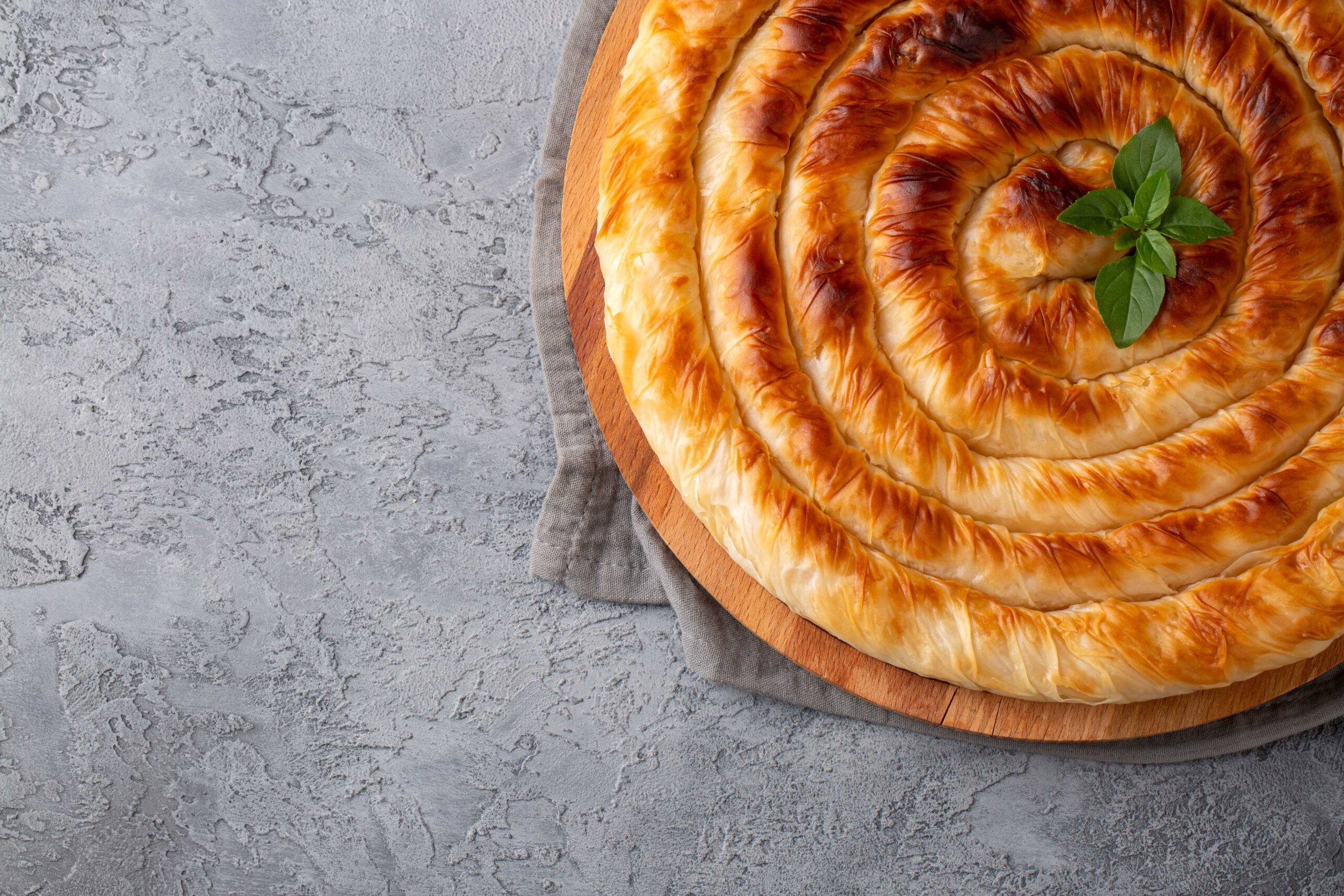
Burek is more than just a snack—it’s a cultural cornerstone. This flaky, spiral-shaped pastry is filled with minced meat (burek in the strictest sense), but you’ll also find vegetarian versions:
- Sirnica – with cheese
- Zeljanica – with spinach
- Krompiruša – with potatoes
All are wrapped in buttery filo and baked to crispy perfection.
Where to Eat Burek:
- Buregdžinica Bosna (Sarajevo): Classic no-frills burek, freshly made throughout the day.
- Buregdžinica Sač (Mostar): Specializes in sač-baked burek—cooked under a metal lid over embers for extra crispiness.
- ASDA Buregdžinica (Tuzla): Hidden local spot, known for massive portions and house-made yoghurt.
Tip: Always pair with a glass of drinkable yoghurt—a Bosnian ritual.
3. Begova Čorba – The Bey’s Stew
Rich, hearty, and slightly tangy, Begova čorba (Bey’s soup) is a thick chicken and okra stew named after Ottoman nobility. It’s often served as a starter, especially at traditional inns or aščinicas (canteens).
Where to Try It:
- Aščinica ASDŽ (Sarajevo): A beloved spot where locals eat during lunch hours. Expect a self-serve counter and fast turnover.
- Restoran Stara Kuća (Travnik): Offers homemade-style Bosnian stews in a rustic wooden setting.
- Avlija (Sarajevo): A peaceful courtyard restaurant offering traditional soups and slow-cooked meat dishes.
4. Dolma, Sogan-Dolma & Japrak – Ottoman Comfort
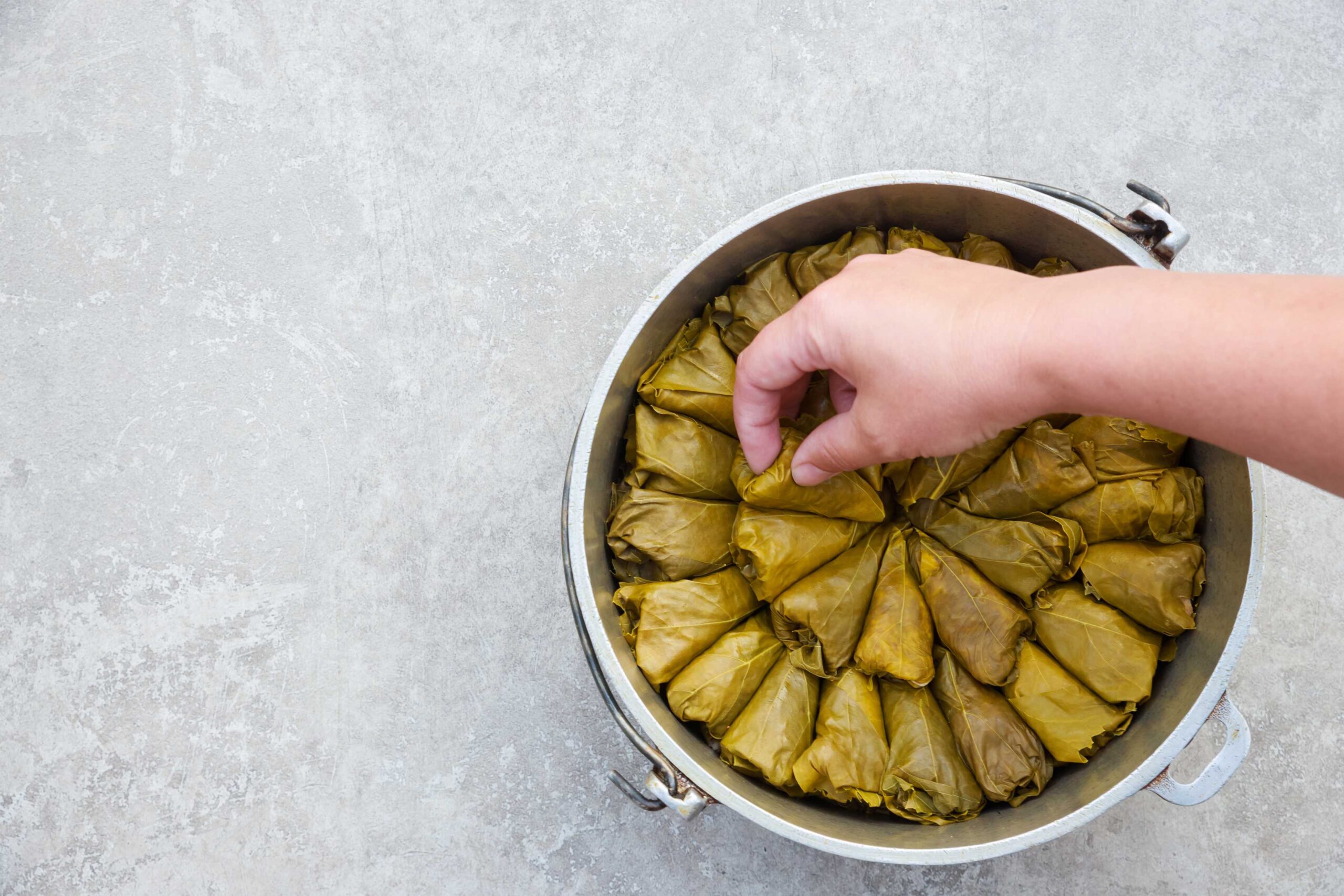
Bosnian cuisine owes much to its Ottoman roots, especially in dishes like dolma—vegetables stuffed with minced meat and rice.
- Sogan-dolma is onion stuffed and slow-simmered.
- Japrak is grape leaves filled and rolled into little parcels of joy.
Where to Try Them:
- Dženita (Sarajevo): Family-run and packed with home-style dishes including a variety of dolmas.
- Aščinica Hadžibajrić (Sarajevo): A quick and affordable stop where daily specials include japrak and bean stews.
5. Pita Under Sač – Rustic Perfection
Many restaurants in the countryside or older towns still prepare pies under a sač (a metal bell-like dome covered in hot coals). This method gives the pie a beautifully crisp top and tender layers inside.
Where to Find:
- Etno Selo Čardaci (Vitez): An ethno-village with traditionally cooked dishes.
- Ljetna Bašta (Konjic): Great for riverside views and locally prepared pita.
6. Grilled Trout & River Fish – Fresh and Simple
In towns like Konjic, Jajce, and Bihać, rivers are central to local life—and the food. Grilled trout is often served whole, seasoned lightly, and accompanied by boiled potatoes or polenta.
Top Spots:
- Restoran Kod Seje (Konjic): Right by the river, with unbeatable fish platters.
- Pliva Lakeside Restaurants (Jajce): Quiet, scenic, and known for fresh-caught trout.
7. Baklava, Tufahija & Sweets Worth the Sugar
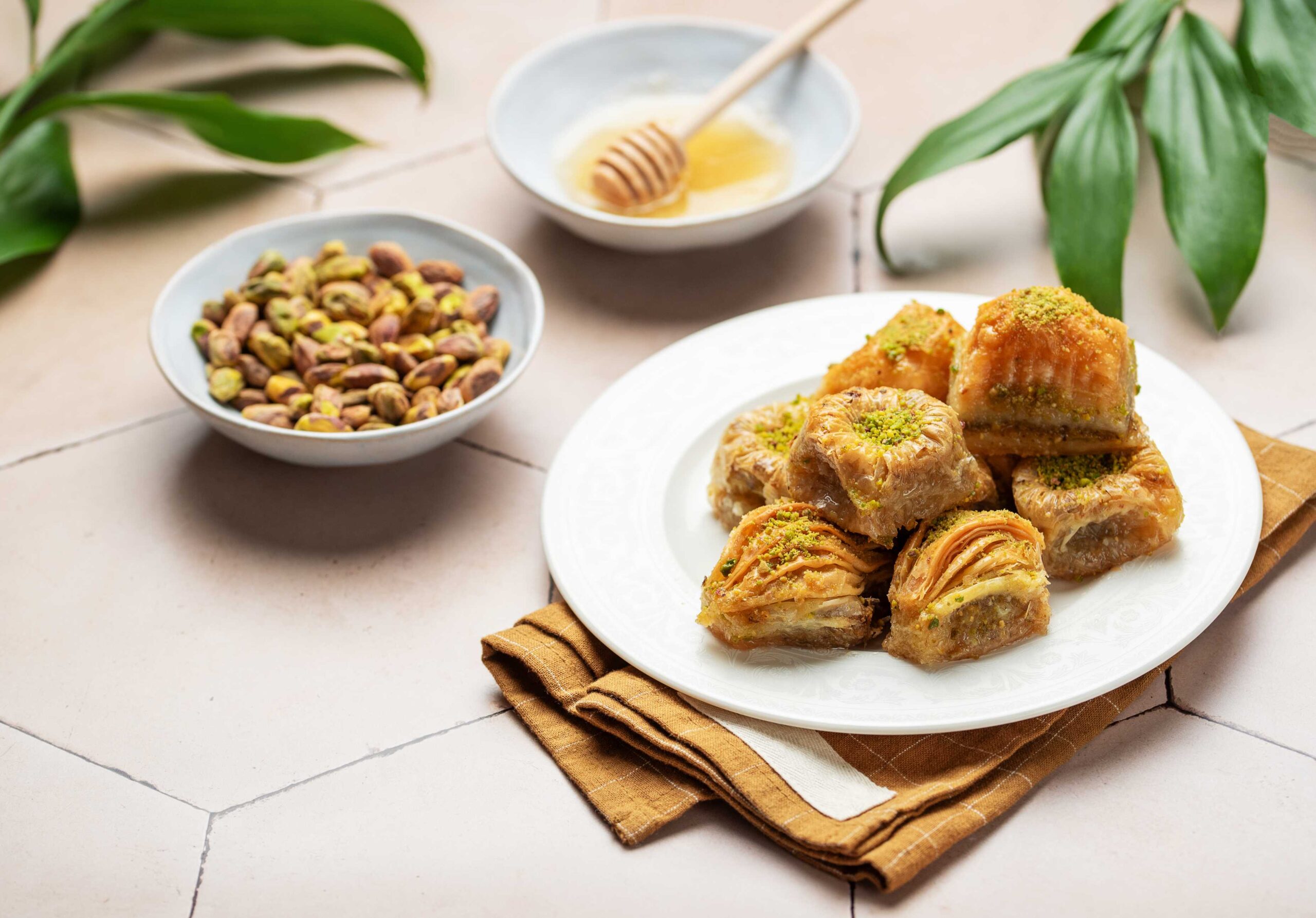
No Bosnian meal ends without a sweet touch. Desserts reflect the country’s Ottoman legacy but also blend local ingredients.
Baklava
Layers of filo, nuts, and syrup—sweeter than most Balkan versions and served in diamonds.
Tufahija
A poached apple stuffed with walnuts and drenched in syrup. Elegant and nostalgic.
Hurmasica
Small, syrup-soaked pastries with a hint of lemon and vanilla.
Where to Indulge:
- Baklava dućan (Sarajevo): Specialises in 10+ types of baklava.
- Ramiz Slastičarna (Mostar): Legendary sweets shop, also great for ice cream.
- Sarajbosna (Sarajevo): A casual café with a full lineup of traditional desserts.
8. Traditional Drinks to Try
- Bosnian Coffee – Served in a džezva (copper pot), with sugar cubes and lokum.
- Rakija – A strong fruit brandy, often homemade. Try plum or pear.
- Salep – A hot, creamy drink made from orchid root, found in some winter markets.
Tips for Foodies Traveling in Bosnia
- Go Local at Lunch: Most aščinicas close after 3 PM. Eat early for the best options.
- Meat is Central: Vegetarians can still find options like spinach pies, bean stews, or cheesy side dishes, but menus tend to be meat-heavy.
- Cash Is King: Smaller eateries may not accept cards.
- No Tipping Culture—But Appreciated: 5–10% is welcome if service was good.
- Watch Out for Yoghurt Confusion: In Bosnia, ‘yoghurt’ usually means a drink, not a spoonable snack.
FAQs – Bosnian Food Culture
1. Is Bosnian food spicy?
Not at all. Flavors are rich and savoury but never hot. Garlic and paprika are more common than chili.
2. Can vegetarians eat well in Bosnia?
Yes, but options are limited outside urban areas. Stick to spinach pita, potato stews, and grilled veggie sides.
3. Are restaurants expensive?
No. Bosnia is one of the most budget-friendly countries in Europe, especially for food.
4. Do I need to book tables in advance?
Only at high-end or popular restaurants in Sarajevo or Mostar. Elsewhere, walk-ins are welcome.
5. Is Bosnian coffee the same as Turkish coffee?
They’re very similar, but Bosnian coffee is served with a ritual—sugar cubes, foam, and often a piece of Turkish delight.
Seamless Mobile Data Everywhere








